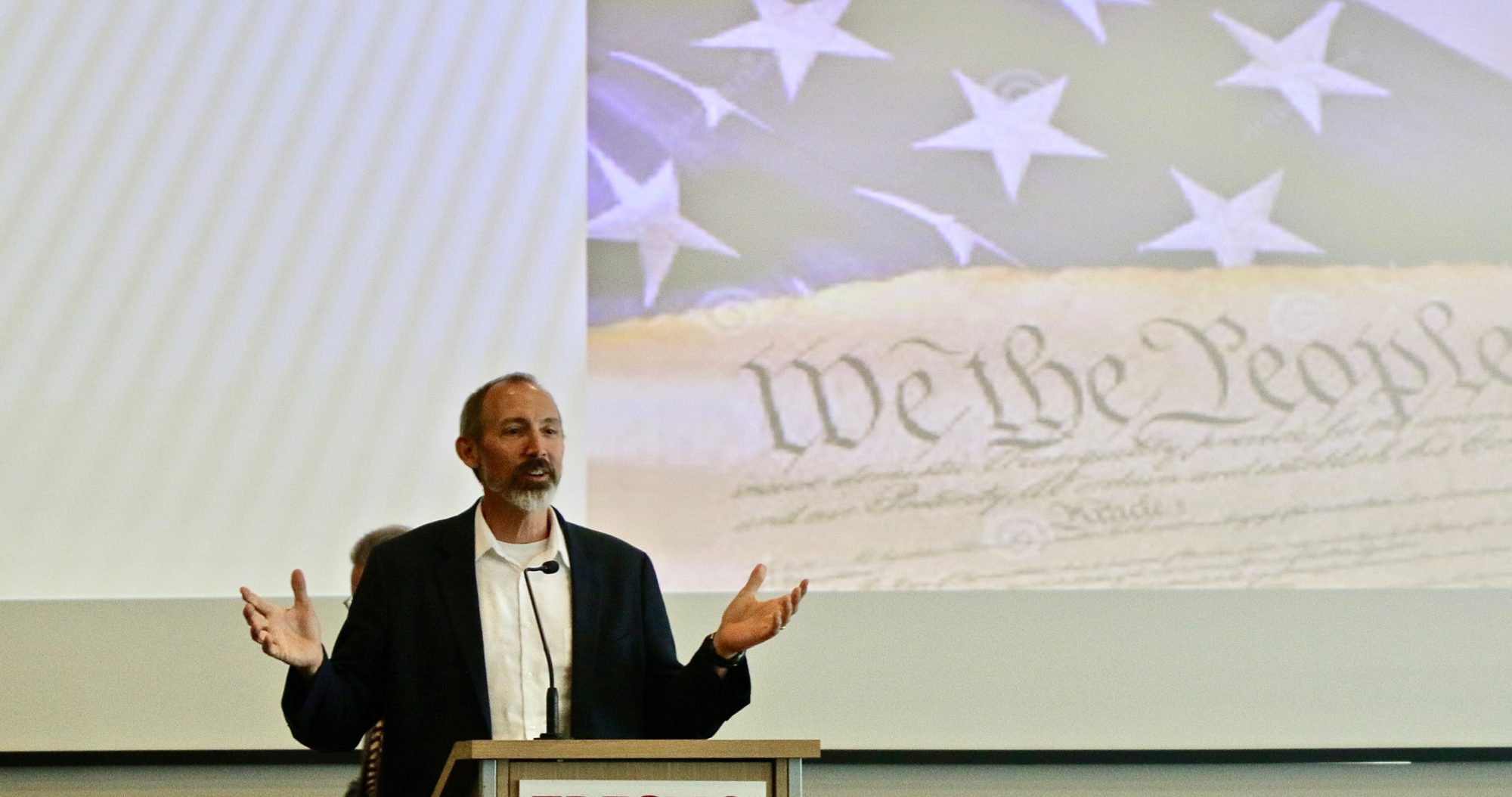It’s difficult to see God in holy sites
Fresno Bee, February 25, 2012
Since Biblical times, Jerusalem has been a place of violence and war. Romans, Muslims, and Christians have each ruled the city. In 1967, Israel seized the whole city. But Palestinians and others still contest the legitimacy of Israeli rule.
One focus of continued conflict is the Temple Mount. Tradition holds that on this modest hill in the old city, Adam was created, Noah made sacrifices, Abraham bound Isaac, Jacob climbed a ladder to heaven, and Solomon built the first temple. Some Jews want to rebuild the Temple. And some Christians support the idea, seeing this as a way to hasten the second coming of Christ.
However, there are two mosques on the Temple Mount: the al-Aqsa mosque and the beautiful Dome of the Rock. The Dome on the Rock is built on top of the rock where Abraham supposedly bound Isaac. Muslims believe that Mohammed was transported to the Temple Mount during his night journey—to the al-Aqsa mosque. He then communed with Moses and Jesus, ascending to heaven from the sacred rock.
Last week, posters were hung in Jerusalem calling for Jews to go to the Temple Mount to “Purify the site from the enemies of Israel who stole the land, and build the Third Temple on the ruins of the mosques.” Muslims gathered on the Mount to protect the mosques. The police prevented Jews from entering the site.
This led to cries of outrage by some Jews, who claimed their rights were being violated. Meanwhile, Muslims continued to fear that Jews were planning to violate their holy sites. On Sunday February 19, tourists visiting the Temple Mount were stoned by Palestinians defending the place. Eighteen were arrested.
The violence of this week—minor by historical standards—gives me further reason to be skeptical of religion. I find it difficult to understand how, in a universe that is infinitely vast, a single rock in Jerusalem can be all that important. Why did God choose that rock as the focal point? There is something too convenient in the way that all of these stories point to this rock, to this hill, and to Jerusalem itself. There are surely bigger, more beautiful rocks and more impressive hills in the world. Why would God come here but not to Half Dome?
This got me thinking about Rousseau’s discussion of religion in Emile. Rousseau suggested that to discover the truth of religion, you would have to visit all of the world’s holy places. It is not enough to believe the testimony of others. You need to go and see for yourself whether the stories are true. During Rousseau’s time—he died in 1778—it would have been impossible to undertake such a journey. Rousseau concluded that since we can’t actually do the research, we should learn to tolerate one another.
Rousseau is right: the way forward has to be a path of mutual toleration and an end to religious violence. But I don’t think he fully imagined what happens when you actually visit the world’s religious sites. In these places, you see architectural and artistic wonders that human beings have created. You see pilgrims and street vendors and tour guides. But God is hard to discern.
I’ve been to the Vatican and the other cathedrals of Europe, to the Lama Temple in Beijing, to Shinto shrines in Japan, and now to Jerusalem. I visited the place of Christ’s crucifixion and the Western Wall, where Jews gather to mourn the loss of the Temple. In none of these places have I witnessed anything more divine than what I have seen from the top of Half Dome or in the face of my own children. In none of these places have I witnessed anything that is worth killing for.
Religious people will undoubtedly say that I am just not looking carefully enough. That God is really there—in the churches and temples and rocks. But I worry that when people see God in these places, they also see reasons to kill each other. And I can’t help but think that if God could observe any of this, He would be disappointed to find that we value rocks and buildings more than we value each other.

